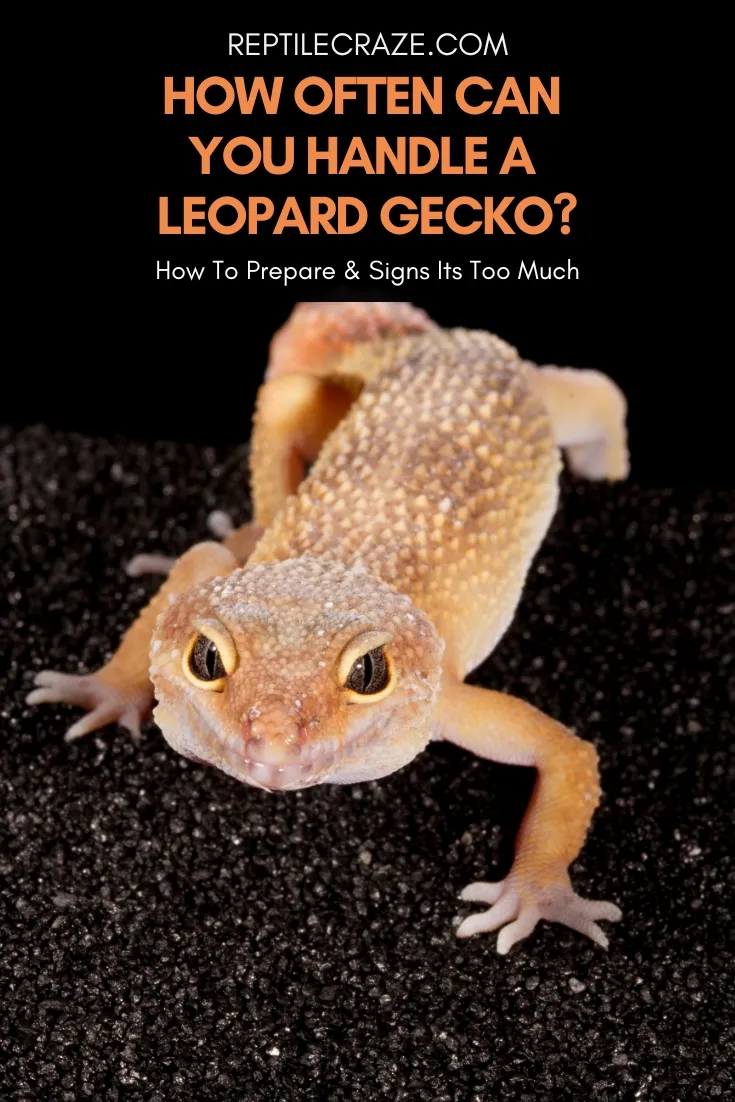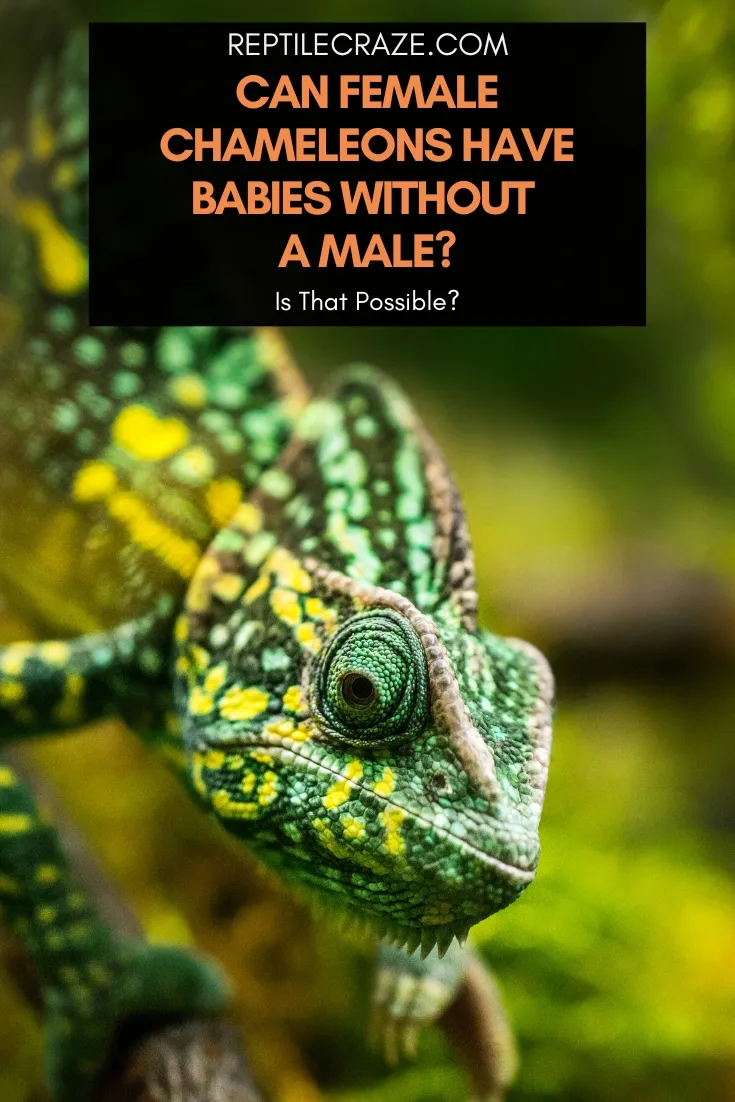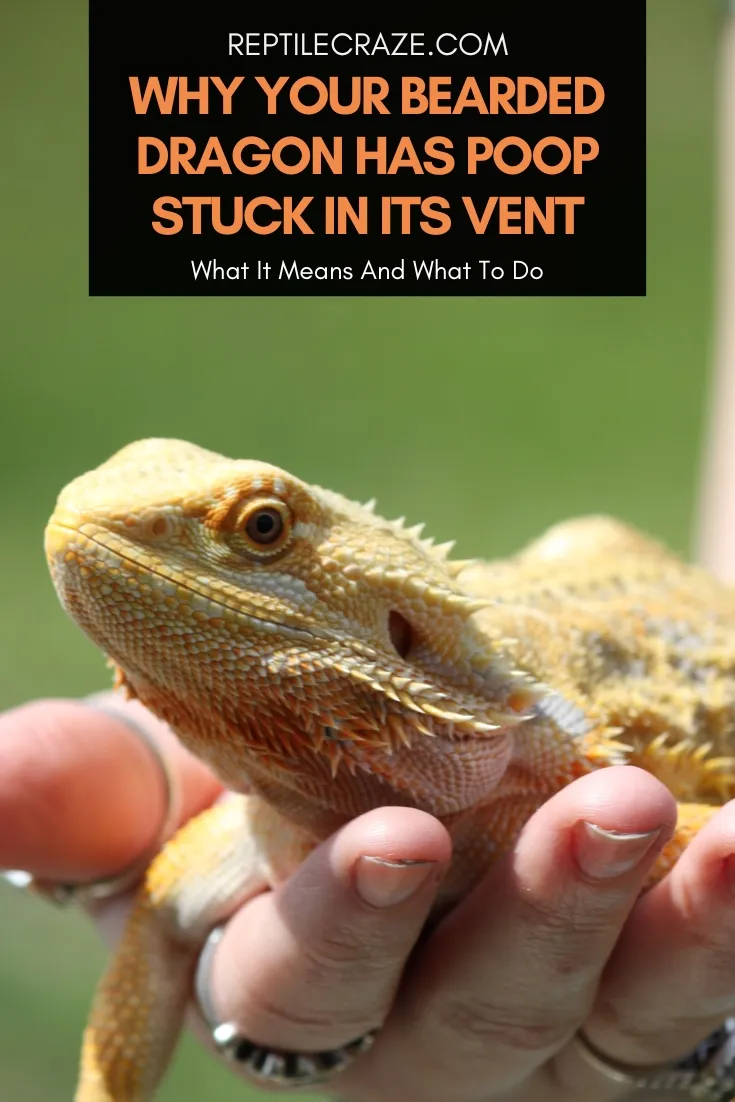Handling time is an especially exciting part of having a reptile pet such as a leopard gecko. To make sure that handling is fun for both you and your pet, there are a few things to remember. Adult leopard geckos can be handled 2-3 times per week for up to 15 minutes. Different handling recommendations …
Reptile Questions
Chameleons are undoubtedly interesting creatures. One common question among chameleon enthusiasts is whether female chameleons can reproduce without the presence of a male, like some reptile species. While female chameleons can lay eggs without a male, they cannot reproduce without a male. They follow sexual reproduction, which involves both a male and a female. The …
Proper care goes a long way toward making sure that your bearded dragon lives a long and healthy life. One of the key things to watch out for when caring for beardies is their bathroom habits – and it can certainly be concerning when you notice that your pet has poop stuck in its vent, …
Chameleons are a fascinating and diverse family of reptiles, with roughly 150 or more species living in the wild. Due to the popularity of these exotic pets, it’s no surprise that some rare breeds in the market can command a hefty price tag. Some of the most expensive chameleons are Parson’s chameleons, which can cost …
If you keep crested geckos long enough, chances are you are going to encounter a case of tail rot now and then. But what is tail rot and how can you stop it from happening? Tail rot in crested geckos is a condition where the tail starts to die. It usually starts at the tip of …
Have you ever looked at a bearded dragon lounging in their water bowl and wondered if they can swim? Many people take one look at the bearded dragon’s size and the fact that they are a lizard hailing from desert conditions and presume that bearded dragons can’t swim, but the answer may surprise you. Bearded …
Not all reptiles have femoral pores. Bearded dragons, iguanas, and leopard geckos are the most notable reptiles to have them. These small openings produce waxy secretions that serve a host of functions. But while they have a purpose, they can get clogged and cause health problems for your leo. Clogged femoral pores in leopard geckos …
One way to monitor your bearded dragon’s health is to watch its bathroom habits. It may be the last thing you want to see, but a beardie’s poop color holds important clues to its health status. But, should I be concerned if my lizard pal starts excreting green poop? Green poop in bearded dragons can …
Chameleons come from some of the Earth’s warmest climates which means providing heat is essential when they’re kept as pets. They’re also incredibly sensitive to changes in temperature, so you might wonder, how long can chameleons survive without heat? How long a chameleon can survive without heat depends on factors including species, health, and the …
Having a pet bearded dragon is fun because they have very different care requirements compared to other pets. Reptile pets also have their own health conditions that are interesting to learn about. Bearded dragon nose plugs are formed from old, dry skin inside and around a bearded dragon’s nostril that was not removed during shedding. …










